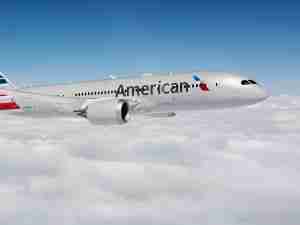Dublin Airport opened its new runway in a move that is hoped will reduce delays following a summer of long queues and travel disruption across Europe.
The first flight from the north runway -- a Ryanair Holdings Plc operated Boeing Co. 737 Max destined for Eindhoven in the Netherlands -- took off at midday on Wednesday. A fuller morning schedule will begin Thursday.
Airports and airlines have struggled to cope with post-pandemic demand this year, leading to months of delays and canceled flights. The 320-million-euro ($318 million) north runway will cut congestion, add new routes and boost Ireland’s connectivity by almost a third by 2034, according to the airport. It’s expected to add 2.2 billion euros to the nation’s economy by 2043.
Even so, the development has not been without opposition. Concerns have been raised about the impact of an expanded hub on climate change and measures have been taken to mitigate the noise impact on local residents.
Dublin Airport, which is home to IAG SA’s Aer Lingus and one of the main operational bases for Ryanair, has committed to achieving net zero carbon emissions by 2050.
“Expansion will go on but in a more sustainable way with technological improvements due to come,” Dublin Airport Authority communications head Kevin Cullinane told broadcaster RTE.
The Boeing aircraft used in the inaugural flight is one of a new generation of planes which is up to 40% quieter than previous models and burns less fuel, DAA said.
An extra runway has been in the airport’s long-term plans since the 1960s. Planning permission was granted in 2007, though progress was curtailed by the global financial crisis. A decision to move forward was taken in 2016 amid rising passenger numbers.









